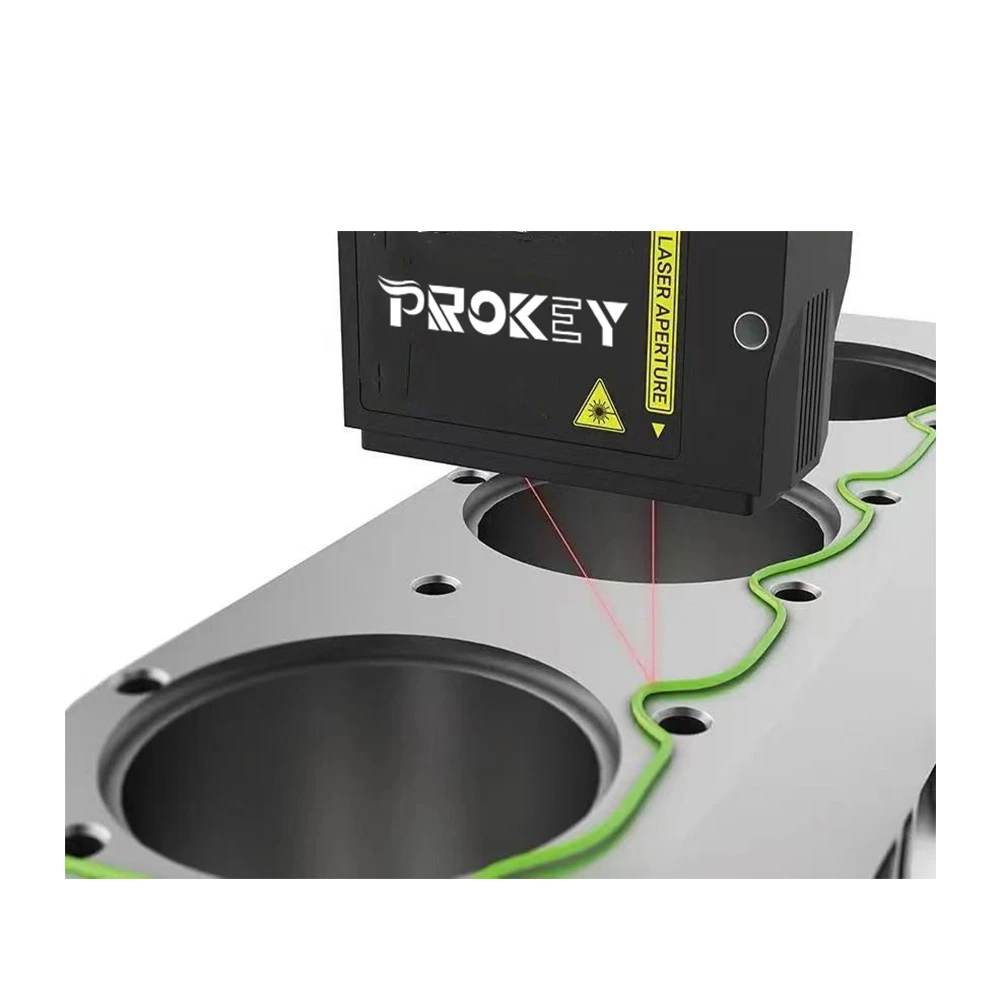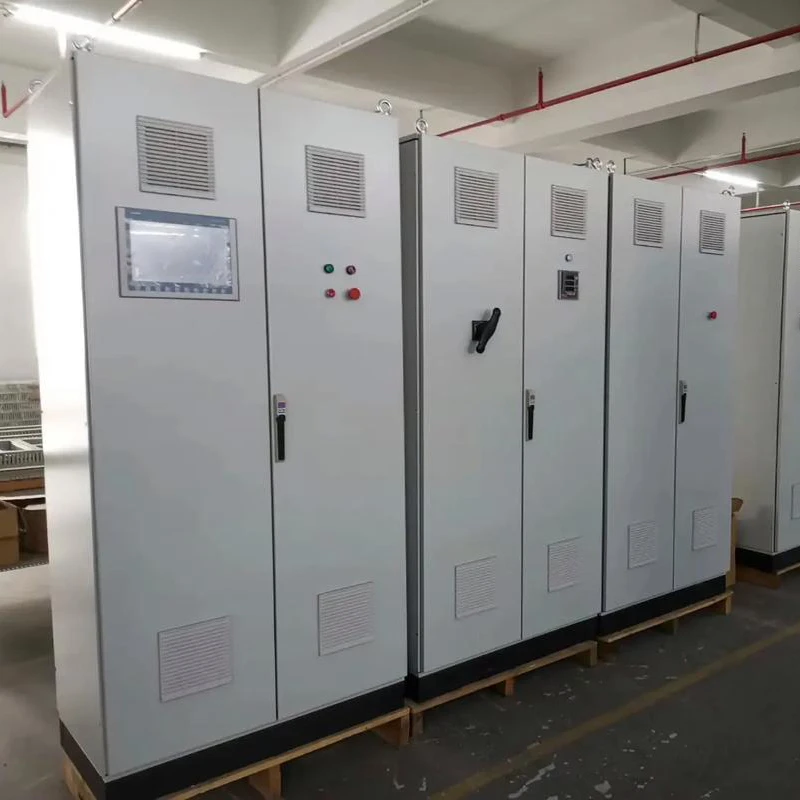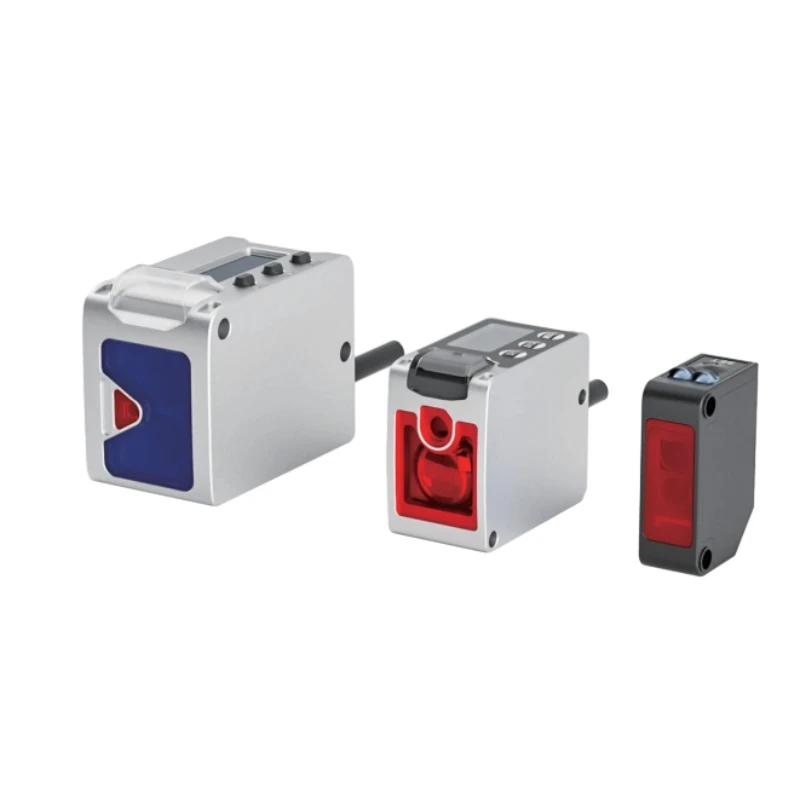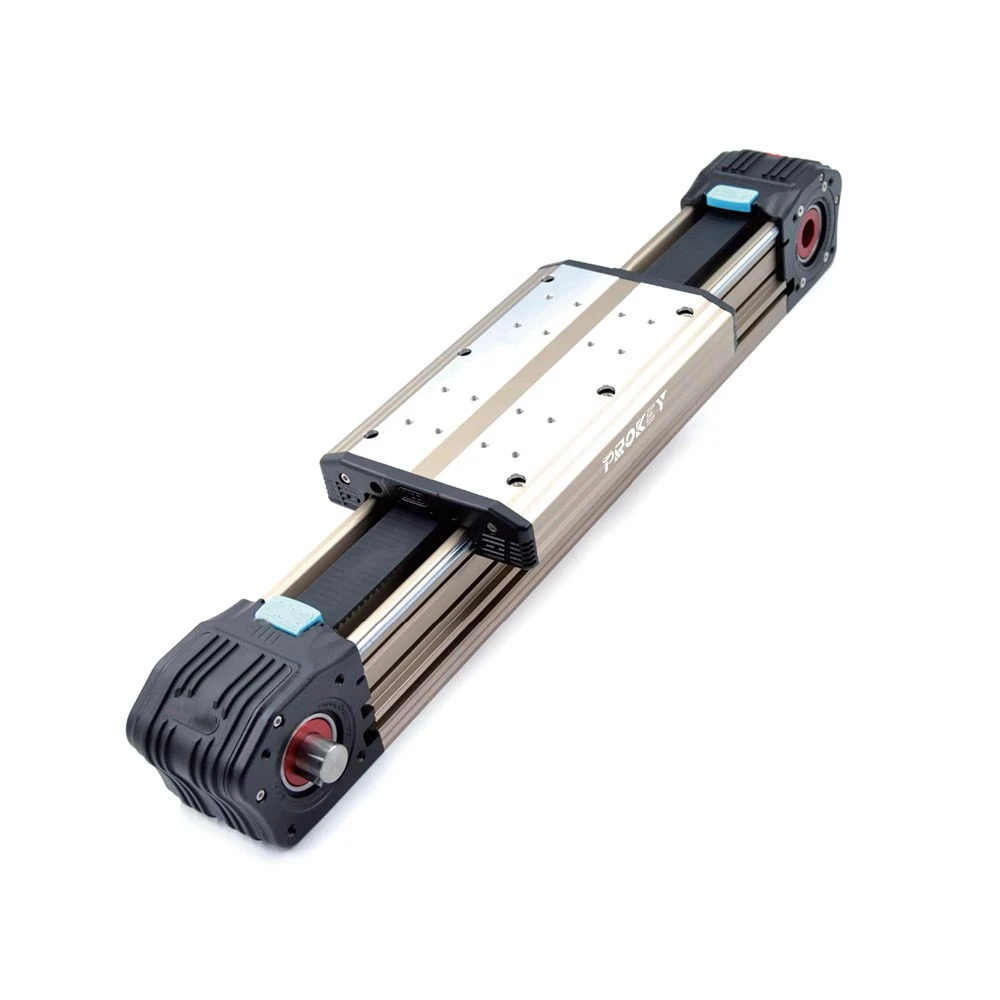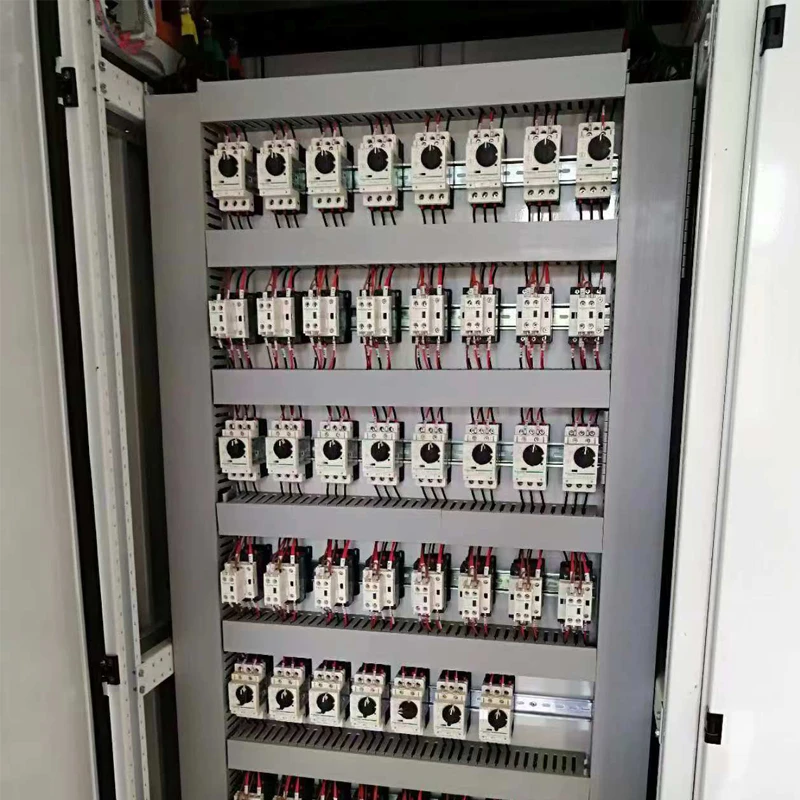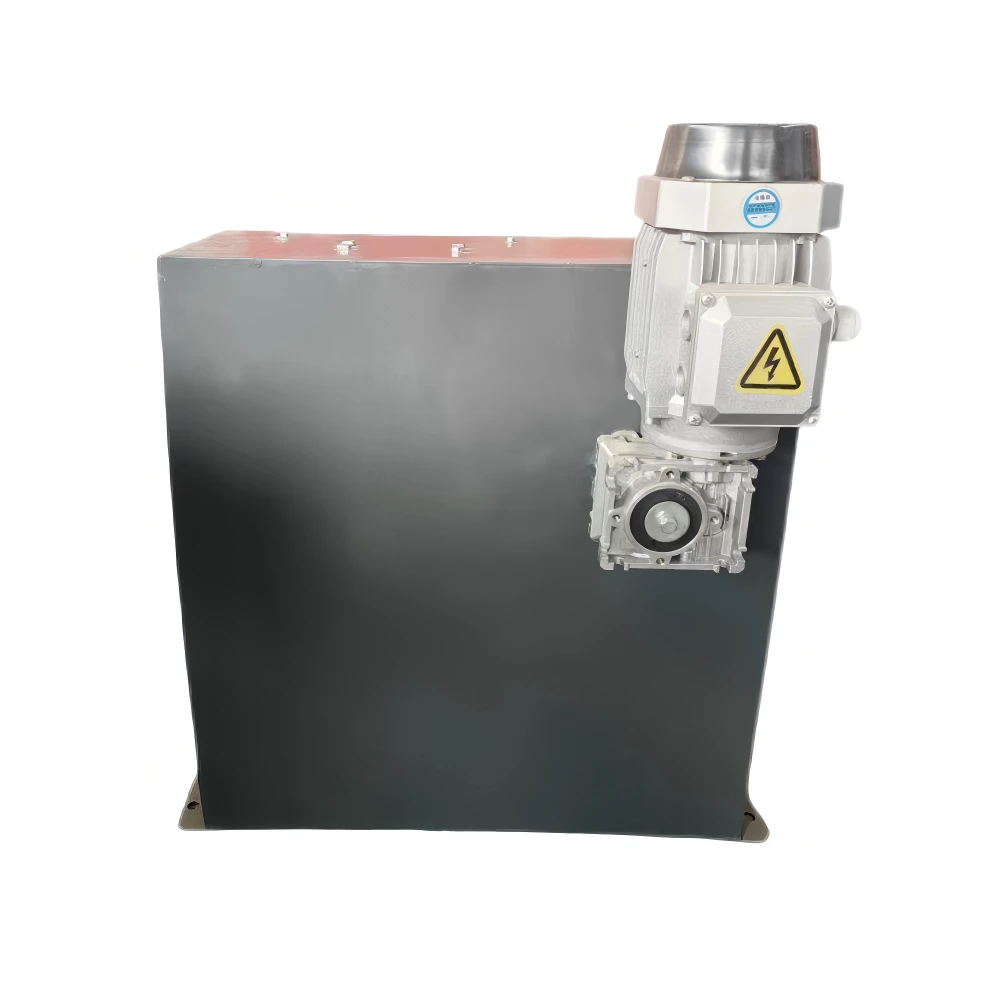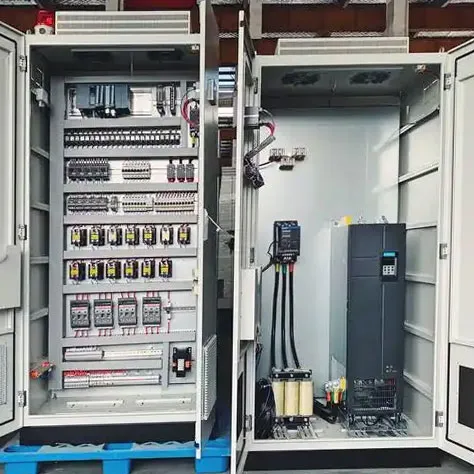Jan . 31, 2025 02:12 Back to list
cnc 3d laser scanner
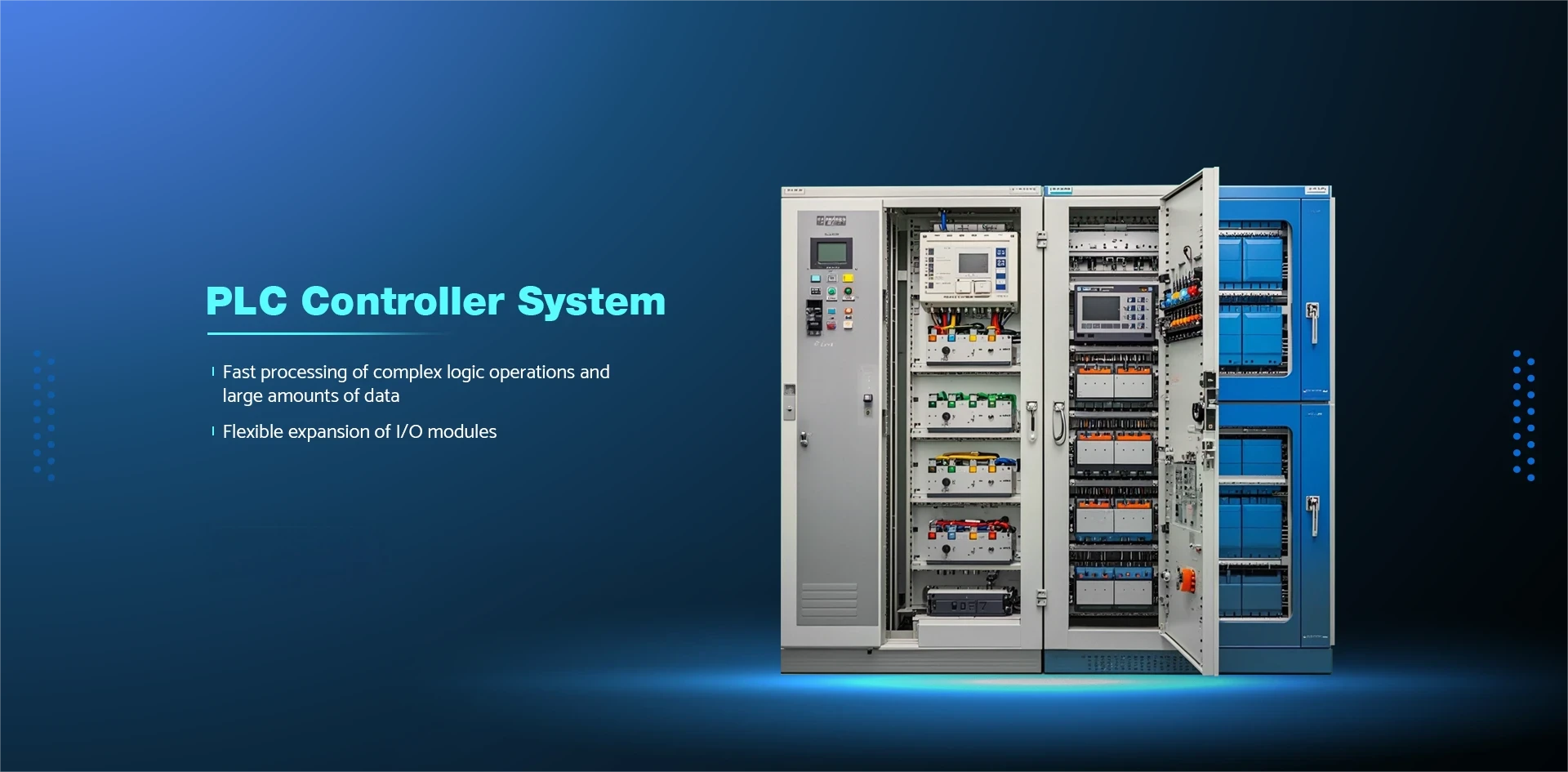
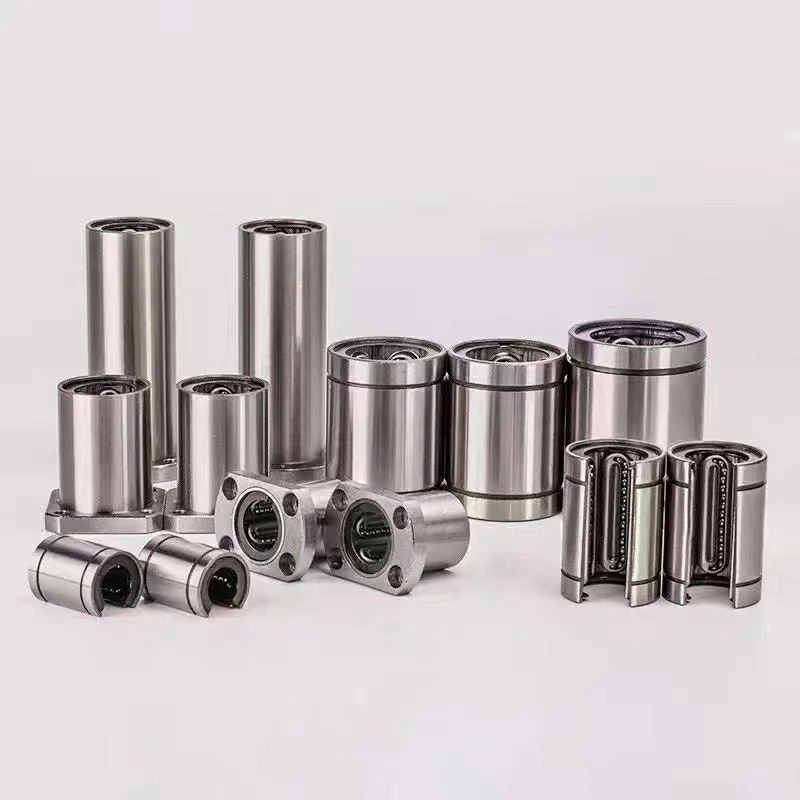
A profound sense of authority and trustworthiness is embedded in the adoption of CNC 3D laser scanning technology as manufacturers use it to fortify claims of unparalleled product quality. Companies that implement this technology showcase their commitment to leveraging cutting-edge tools to deliver outstanding results. This not only enhances their brand reputation but also fosters consumer confidence in their products. Moreover, the experiential insights gained from CNC 3D laser scanning provide invaluable data that can be analyzed to further understand and improve manufacturing processes. By identifying patterns and deviations that might go unnoticed otherwise, manufacturers can optimize their workflows, foresee potential issues, and streamline operations. This data-driven approach cultivates a culture of continuous improvement and excellence in production practices. The practical applications of CNC 3D laser scanning technology extend beyond manufacturing precision; they empower creativity and innovation. Designers and engineers can push boundaries, exploring designs that were once thought to be impossible or too costly to produce. The ability to accurately replicate complex shapes and intricate details means there are fewer constraints on creativity, allowing for the production of avant-garde designs that embody both functionality and aesthetics. In conclusion, CNC 3D laser scanners are transformative tools that blend the best of technology, expertise, and innovation. They stand as a testament to the evolution of manufacturing, offering a powerful solution that ensures accuracy, boosts efficiency, and builds trust. As more industries recognize the potential of this technology, the adoption of CNC 3D laser scanning will likely accelerate, prompting a new wave of advancements and setting new standards in industrial excellence. This technology is not only a leap forward in precision engineering but also a significant step towards a future where manufacturing is more flexible, smart, and efficient.
-
Why Steel Mills Rely on FODA’s High-Temperature Cylindrical Roller Bearings?
NewsApr.10,2025
-
What is a Plain Bearing? A Complete Guide to Design & Functionality
NewsApr.10,2025
-
Thrust Ball Bearings vs. Tapered Roller Bearings: FODA’s Performance Comparison
NewsApr.10,2025
-
The Engineering Behind FODA Thrust Ball Bearings: Precision for High-Speed Applications
NewsApr.10,2025
-
No More Compromises: Get Precision-Engineered Custom Bearings Tailored to Your Exact Specifications
NewsApr.10,2025
-
In-Depth Analysis: Application Differences of Different Types of Angular Contact Ball Bearings
NewsApr.10,2025
Products categories



